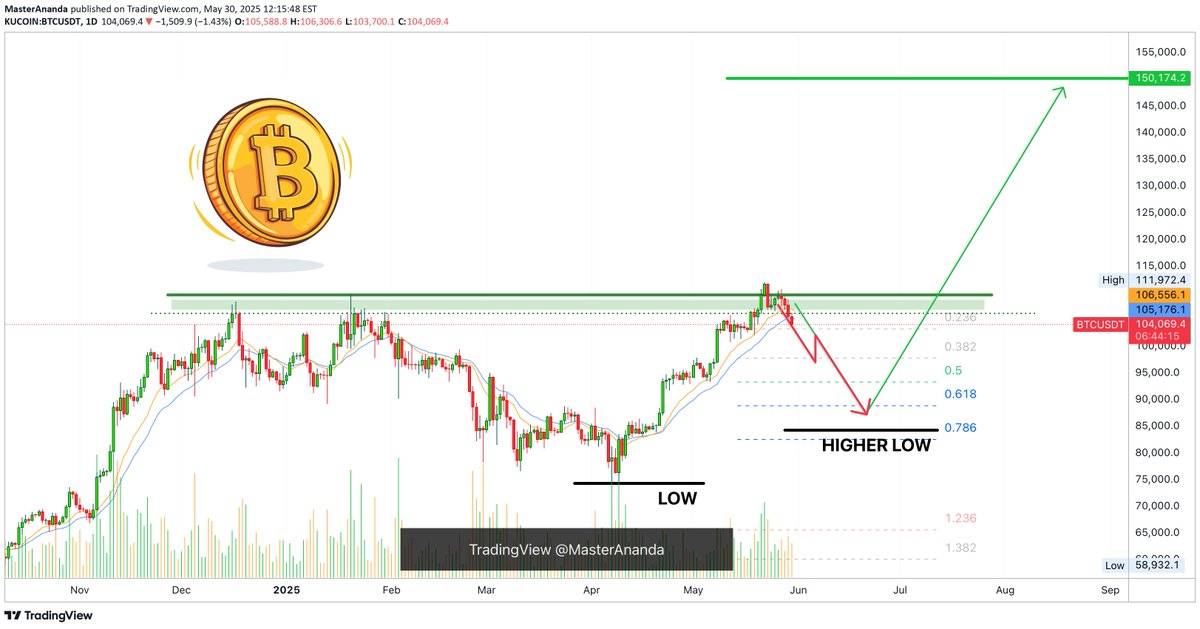Exploring the Transformative Role of Artificial Intelligence in Cryptocurrency Markets
—
Setting the Stage: Why AI and Crypto Are a Perfect Match
The world of cryptocurrency is known for its rapid pace, immense complexity, and sometimes unpredictable behavior. Traditional methods of trading and analysis, heavily reliant on human intuition and conventional chart reading, often struggle to keep up. Enter artificial intelligence (AI) — a game-changer in how market data is interpreted, trades are executed, and risks are managed. As of mid-2025, AI is no longer a futuristic concept but an integral force reshaping crypto markets in deep and enduring ways.
—
AI’s Multifaceted Influence on Crypto Trading
Artificial intelligence influences the crypto space in a variety of ways, each feeding into the ecosystem’s hunger for precision and speed.
Advanced Market Prediction
AI algorithms digest enormous volumes of data from various sources—price histories, on-chain activity, social media sentiment, and global economic indicators—to generate predictive models with impressive accuracy. Unlike human analysts who might tire or succumb to behavioral biases, AI systems continuously learn and adapt, revealing subtle patterns and correlations that might otherwise go unnoticed.
An example is the use of machine learning to forecast Bitcoin’s price cycles by analyzing historical Fibonacci retracement levels and Elliott Wave patterns. Such models help traders anticipate potential price movements, allowing better timing for entry and exit—a crucial factor in a market where volatility can be brutal.
Algorithmic and High-Frequency Trading
Crypto markets operate 24/7, and AI-powered bots tirelessly execute trades at speeds and frequencies impossible for humans. These bots can respond to minute price shifts, liquidity changes, and order book dynamics with millisecond precision, exploiting arbitrage opportunities or rapidly adjusting positions to reduce exposure during turbulent periods. This continuous participation often contributes to tighter bid-ask spreads and deeper liquidity pools.
Sentiment Analysis and Social Media Scanning
The influence of social narratives on crypto prices cannot be overstated—from tweets by industry influencers to viral news impacting market psychology. AI systems equipped with natural language processing (NLP) can scan billions of social media posts, news articles, and forums, quantifying sentiment in real time. This intelligence feeds into trading algorithms or alerts portfolio managers about potential market catalysts, enabling proactive decision-making.
Risk Management and Fraud Detection
Cryptocurrency trading carries inherent risks—market fraud, sudden regulatory changes, or even operational glitches can disrupt markets instantly. AI models analyze transaction patterns and user behavior to detect anomalies indicative of fraud or manipulation. Additionally, portfolio risk models powered by AI assess diversification, exposure limits, and scenario testing, helping investors hedge intelligently.
—
The Rise of AI-Enabled Trading Platforms
Leading crypto platforms and startups are increasingly embedding AI tools to deliver richer, more actionable insights to users.
For instance, the Claude Code initiative by Anthropic AI collaborates with various crypto projects to vet app legitimacy and optimize user trust through AI. These platforms combine human expertise with AI’s computational power, creating an enhanced hybrid system that appeals to both novice and professional traders.
AI-driven dashboards now consolidate multi-dimensional data sets such as order books, on-chain metrics, price patterns, and external indicators, all visualized simply. Such tools democratize access to advanced analytics, empowering smaller investors to compete in a landscape once dominated by institutional money.
—
Challenges and Ethical Considerations
While AI boosts efficiency and insight, it also brings challenges. Increased reliance on algorithms risks herd behavior where many bots react similarly, potentially amplifying price swings. Transparency around AI decision-making remains a concern, as opacity might mask algorithmic biases or unintended consequences.
Data privacy is another consideration. With AI scrutinizing vast pools of transactional and behavioral data, safeguarding user anonymity and consent becomes paramount.
Moreover, regulatory frameworks worldwide are still catching up with AI’s dynamic role in crypto markets, creating uncertainty about compliance and governance.
—
Looking to the Future: AI as a Market Stabilizer or Catalyst?
The integration of AI into crypto markets is a double-edged sword. On one hand, enhanced prediction, swift execution, and risk management tools promise greater market efficiency, reduced volatility, and improved investor confidence. On the other, potential systemic risks loom if unchecked algorithmic behavior triggers flash crashes or if AI-driven strategies propagate misinformation quickly.
Interestingly, the collaboration between human traders and AI—where intuition and experience complement machine precision—could be the key to harnessing AI constructively. As AI models continue to advance, including through developments in explainable AI, we could see more transparent, responsible use that pushes the boundaries of what’s possible.
—
Final Thoughts: Embracing AI in the Cryptocurrency Era
By mid-2025, AI is cementing its role as more than a tool; it’s becoming a strategic partner in cryptocurrency markets. From deciphering complex data patterns to executing trades at lightning speed and monitoring the social pulse, AI enhances every facet of the ecosystem.
For anyone engaged in crypto—whether as a trader, developer, or enthusiast—understanding and leveraging AI’s capabilities isn’t just an option. It’s fast becoming a necessity for navigating the vibrant and volatile landscape ahead.
—
Sources
– Victornomics AI and cryptocurrency Twitter
– Claude Code project by Anthropic AI
– Algorithmic Trading and AI Overview – Investopedia (external, for background)
– Natural Language Processing in Finance (background on NLP technologies)

